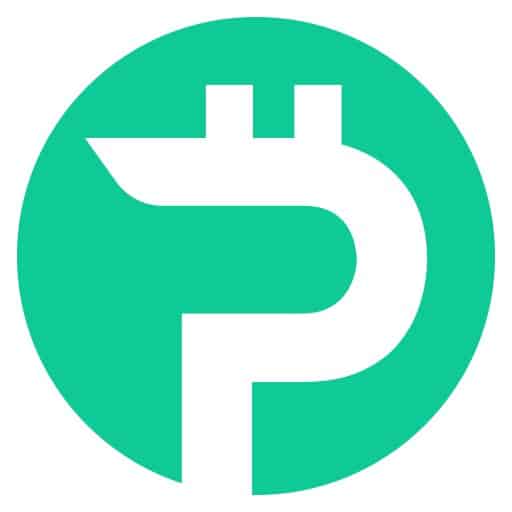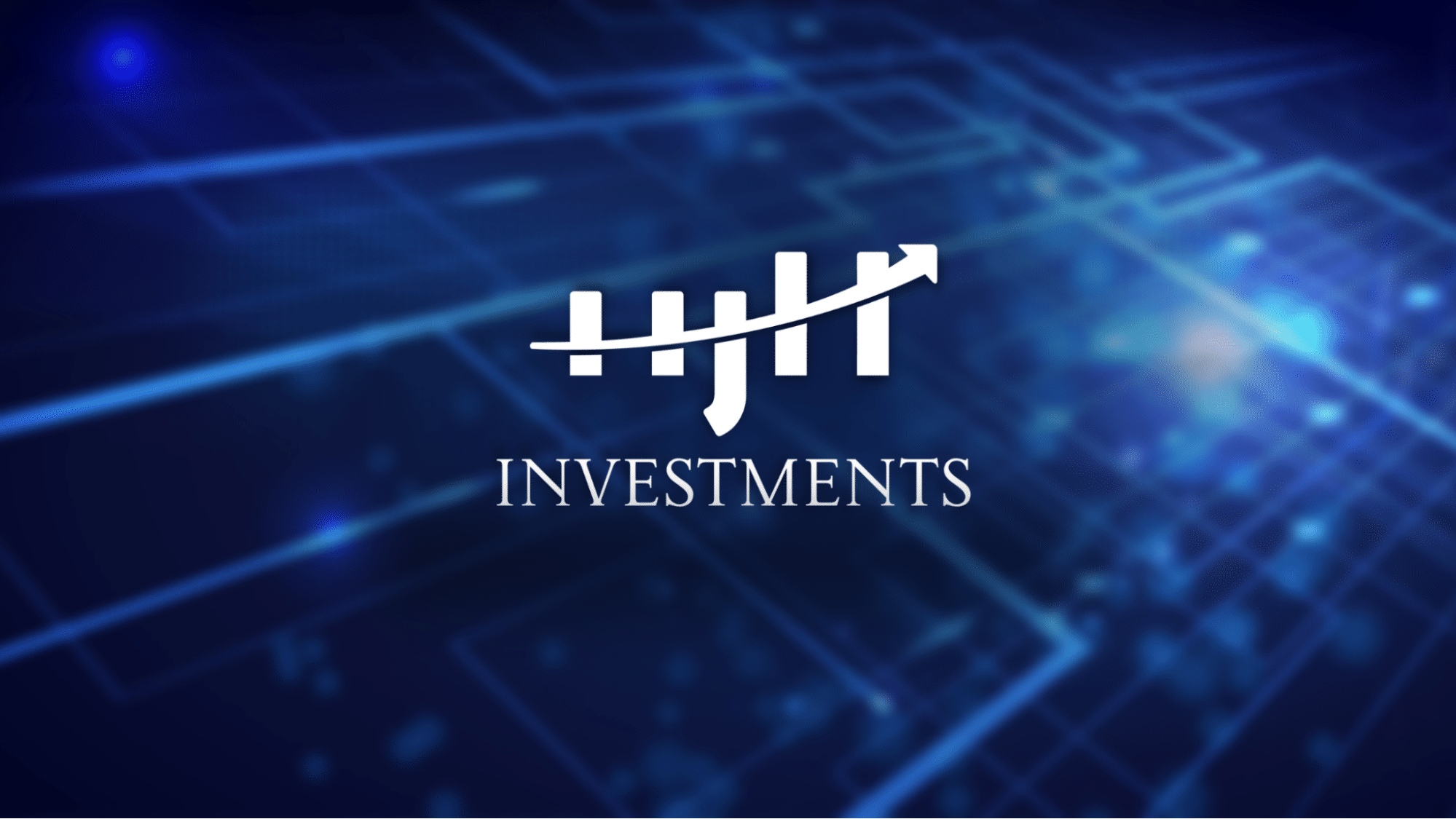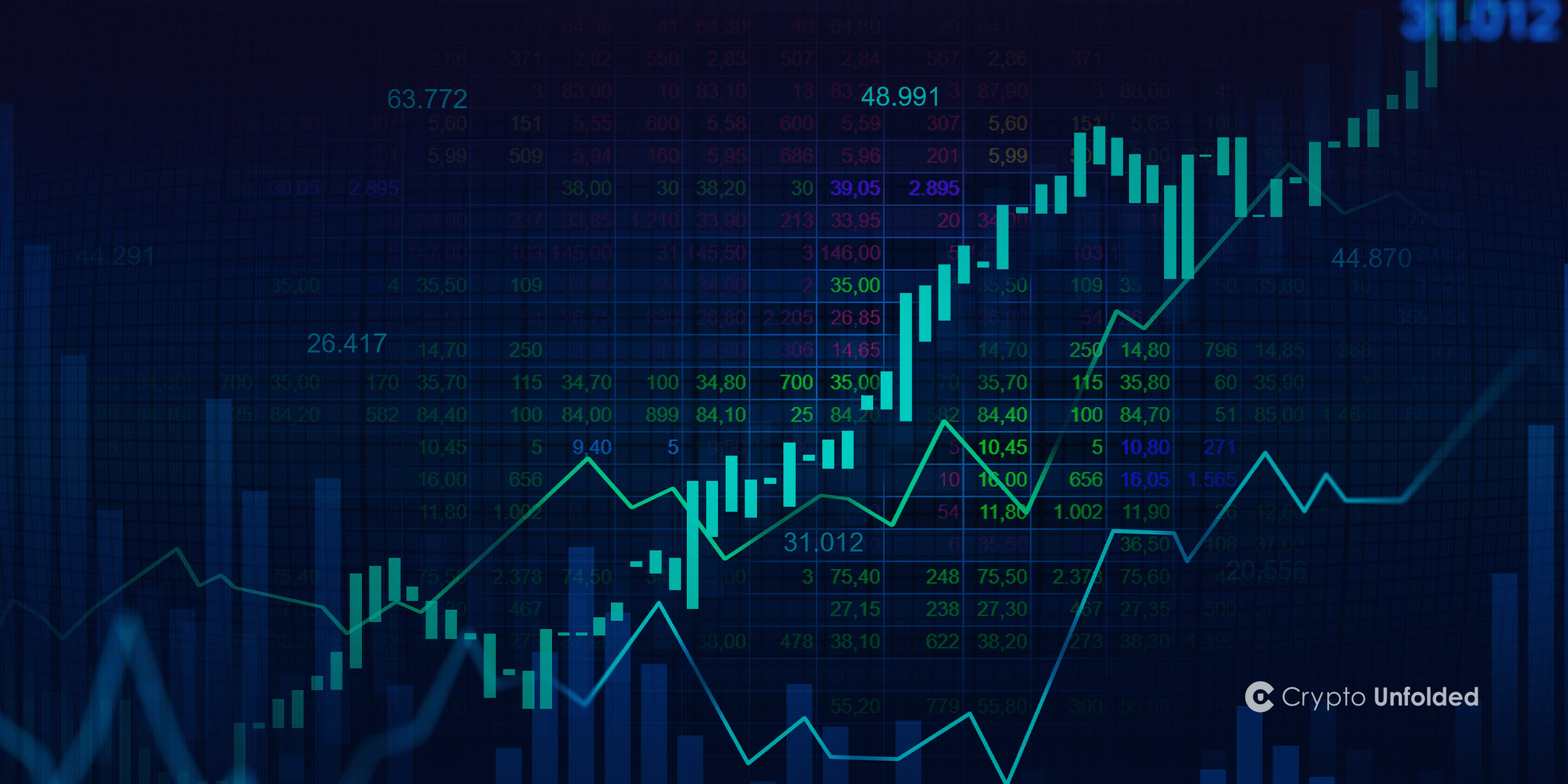GRT is the native token of The Graph, an indexing protocol for organizing blockchains built on the Ethereum network using the ERC-20 standard. In order to ensure the integrity of queried data, participants in The Graph ecosystem use GRT to allocate resources necessary for the indexing and curation services of the network. GRT price Following […]
GRT is the native token of The Graph, an indexing protocol for organizing blockchains built on the Ethereum network using the ERC-20 standard. In order to ensure the integrity of queried data, participants in The Graph ecosystem use GRT to allocate resources necessary for the indexing and curation services of the network.
GRT price
Following the launch of its mainnet in December 2020, the native token of The Graph’s price spiked to an all-time high of $2.84 in February 2021. GRT trended gradually downward over the following months, hitting a low of $0.43 in late June.
The Graph’s price then struggled to retain its previous highs over subsequent months, fluctuating in the $0.60-$1.10 range throughout the remainder of the summer and into the fall.
GRT follows the work token model, meaning that it lets network users earn GRT in proportion to their work on the platform or the amount of GRT they stake. At the time of the mainnet launch of The Graph, 10 billion GRT were in circulation. From 10 billion, new tokens are issued through indexing rewards at a rate of 3% annually (subject to independent technical governance). Token burns are also subject to technical governance, but are expected to be around 1% of query fees and all deposit taxes.
GRT’s tokenomics system is developed through the work of its network participants. There are four main positions for users to participate in The Graph network:
- Indexers: Indexers operate nodes on The Graph Network. Indexers are required to stake GRT in order to operate a node and provide indexing and query services. For their positive contribution to The Graph network, indexers receive GRT through query fees and indexer rewards.
- Curators: Curators are users who either develop subgraphs, consume data or signal to indexers which application programming interfaces (APIs) should be indexed by The Graph.
- Delegators: Delegators help secure the network but do not run their own Graph node. Rather, delegators contribute by delegating GRT to Indexers and share a portion of the Indexer’s GRT from query fees and indexing rewards.
- Consumers: Consumers are the end users of The Graph who pay query fees to the indexers, curators and delegators. Consumers will pay for query fees with “gateways,” or wallets that will be built on top of open-source contracts in The Graph Network.
How does The Graph work?
The Graph is a decentralized protocol for indexing and querying blockchain data available on the Ethereum, POA and InterPlanetary File System (IPFS) networks. Blockchains lack the functionality to let users query and read on-chain data.
To solve that problem, The Graph indexes blockchain data for users to query data using the GraphQL API. Because The Graph is an open-source project, its users are able to use the GraphQL API to publish their own open APIs (“subgraphs”) for more efficient blockchain queries. Some decentralized applications (dapps) that have developed their own subgraphs include CoinGecko, Decentraland, Instadapp, Synthetix and Uniswap.
Key events and management
The Graph was co-founded by Yaniv Tal, Jannis Pohlmann and Brandon Ramirez in 2017. The three had a mutual desire to build software faster. On June 5, 2018, the founding team launched their decentralized query protocol for blockchains. Developers of decentralized finance (DeFi) projects quickly took to The Graph and the project reached one billion monthly queries by June 2020.
The Graph raised $5 million in a token sale later that month, with Coinbase Ventures, Framework Ventures and CoinDesk parent company Digital Currency Group among its investors.
Following the official launch of its mainnet in December 2020, The Graph has continued to create tools for developing decentralized applications for both layer 1 and layer 2 blockchain protocols.









